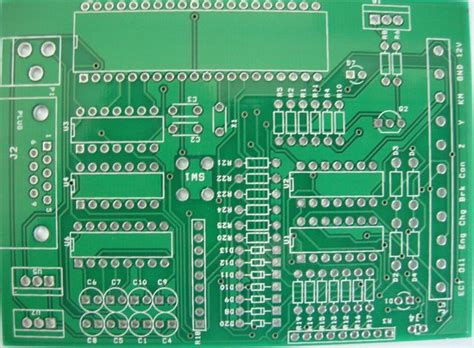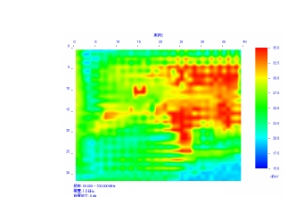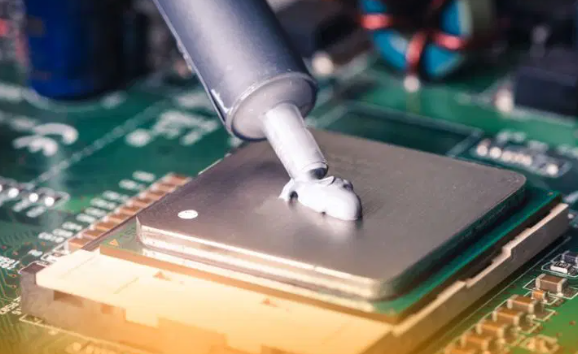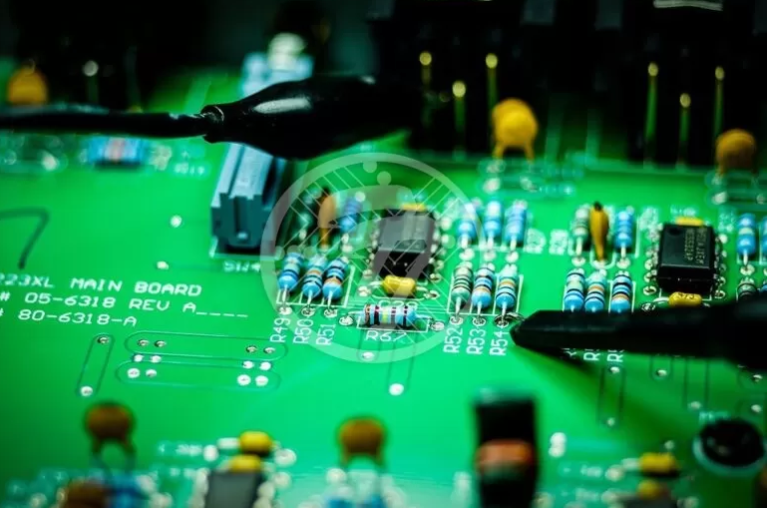Proper protection of electronic components for a longer lifespan
Many critical applications require that equipment must function for a long time, even decades. This is especially true for the aerospace, defense, energy and medical industries. To keep equipment functioning properly, a continuous supply of components must be available throughout its lifecycle. One way to solve this problem is to store semiconductor components for a long time after production ends. This solution allows you to have a continuous supply of components throughout the lifespan of the equipment.
Long-term durability
Electronic devices cannot function properly without the parts that make them up. Rapid changes in design and materials, short life cycles of components and new products coming to market faster than ever before are creating challenges for companies. New products that quickly enter the market can create unknowns about compatibility between products. This can lead to maintenance and repair issues and additional costs for the company. Short life cycles of components can make spare parts availability problematic.
Just like any other product, all electronic components have their own shelf life and many companies store them for longer than the manufacturer recommends. The long-term storage phase and warehouse management play a rather critical role, as electronic components are considered as important as chemicals and food. Today, companies are obliged to comply with certain environmental conditions, which are governed by precise rules and protocols. Good storage practices are an optimal solution that do not cause degradation of electronic components so that their relative mechanical and electrical properties remain constant over time.
In an increasingly consumer-driven world, semiconductor component manufacturers are opting for shorter product lifespans.
However, many applications require devices to operate for decades, making continuity of supply a major challenge. One widely implemented solution is to store semiconductors for long periods of time, even after final production. To develop new preservation techniques, many companies conduct tests (see Figure 1) to determine the effects of long-term storage on components. These tests involve randomly selected samples of components from different models. Properly stored components generally show no signs of aging or deterioration and maintain their internal and external integrity and solderability for long periods of time. If properly stored, the devices show no visible signs of corrosion or breakage. These results indicate that semiconductor components can be effectively stored for longer periods of time, even beyond the date specified by the manufacturer.
Long-term preservation involves protecting electronic components and PCBs for long periods of time to maintain their functional integrity.
In the electronics industry, calculating the correct shelf life for electronic components is very complex because time is much longer than for products such as food. However, the techniques involved can vary greatly depending on the required preservation interval. The latest generation of preservation processes, while of high quality, does not guarantee miracles. Absolute perfection is currently unattainable. This is often the case with batteries and static energy generators, for example. Currently, there is no way to make batteries stored in warehouses last longer, and after a certain period of time, they are destined to be discarded. However, the use of appropriate preservation techniques ensures that electronic components remain in good condition for many years.

Figure 1: Extensive X-ray testing reveals the smallest defects. (Source: Rochester Electronics)
Potential Issues
As mentioned above, the shelf life of an electronic component refers to the time it can be stored without losing its functionality. After a certain period of time, the component may become unusable, or, on the contrary, it may continue to work properly and the product can still be perfectly usable. The long-term preservation of electronic components is a complex issue that cannot be taken lightly, as the passage of time inevitably affects all physical and chemical phenomena of matter.
Several factors, such as oxidation and humidity, can change the molecular structure of the device. In order to preserve electronic components for a long time, appropriate measures must be taken to protect the components from a variety of factors. There is no single solution, but using a variety of methods can achieve good results.
One strategy is to store components in a dry, cool environment with very low relative humidity. It is also very beneficial to store electronic components in a low temperature environment (usually between 10°C and 20°C). Researchers prefer to perform such long-term storage operations in an oxygen-free environment, or even use sealed or inert gas-filled containers.
Contamination is also a big problem that should not be underestimated. Electrostatic charges can cause serious problems for stored devices. Therefore, the environment must be electrically isolated from the outside world, and low-frequency and high-frequency electromagnetic radiation must also be considered. Dust can also damage the integrity of electronic products. Therefore, components should be stored in an extremely clean, dust-free environment and checked regularly for any changes.
The shelf life of a product depends on a series of variables that are difficult to predict, including heat, mechanical stress, and humidity. However, it is an objective fact that if the product is stored correctly and extremely careful procedures are followed, its shelf life can be greatly extended. The storage environment of a product has a decisive influence on its maintenance and is therefore one of the main factors to be considered in this field. Therefore, components must be stored in the dark, because even ultraviolet rays can change them. This is one of the many reasons why it is imperative to use suitable and durable packaging materials, free of chemicals that could negatively affect the health of electronic components, even though the cost may increase significantly. In fact, ordinary cardboard boxes are not suitable for this purpose, so specific ones must be used.
One problem that always exists is contamination, which can be caused by gaseous emissions from nearby objects. Therefore, electronic components should be stored separately and no other products should be nearby.
PCBs also deteriorate over time. Not only do the conductive paths change over time, but the substrate even undergoes an aging process. One of the useful techniques for long-term storage of PCBs is vacuum sealing to eliminate the presence of air.
After long-term storage, the solderability of electronic components may pose some risks if the preservation process is not perfect. But if the company strictly follows all storage procedures, any (reduction) oxidation that occurs after exposure will not affect the solderability of the components and will therefore not be negatively affected by long-term storage.
Another problem that may arise over the years is diffusion (see Figure 2), a physical process during which at least two or more substances are mixed at an increasingly faster rate due to the autonomous thermal motion of atoms or molecules. Due to thermal motion, the differences in the concentration of the particles decrease until they are completely mixed. For example, the copper substrate material may diffuse into the tin and form a completely new bronze-like material. In these cases, soldering is no longer possible, because the melting point is much higher and the tin is no longer able to bond. Diffusion always occurs due to temperature.
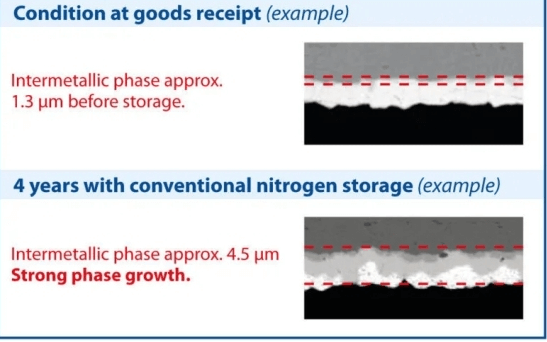
Figure 2: Diffusion problems over time (Source: HTV Halbleiter-Test & Vertriebs-GmbH)
The way electronic components age depends not only on the protection method used, but also on the type of component. The most delicate components are probably electrolytic capacitors and batteries. They obviously discharge due to their internal resistance, but the biggest problem is that their insides dry out over time. Resistors are very robust components, and in some warehouses and even in working devices such components can be observed to work perfectly even after more than 100 years. Semiconductors (diodes and transistors) are almost unaffected by aging, as long as they are stored in a cool place. In general, electronic components should not be exposed to current or powered for a long time, because surge currents can damage them. Therefore, warehouses must store components that are brand new and have never been used. Compared to discrete components, integrated circuits are the most fragile, as they are easily altered by oxidation and moisture, which lead to gradual but inevitable degradation.
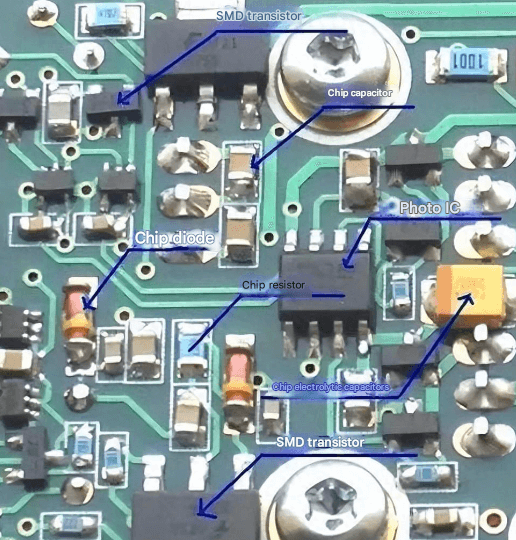
Mean Time Between Failures
The mean time between failures (MTBF) is a parameter that represents the average operating time of a device between multiple failures and is one of the most commonly used performance indicators in the electronics industry, as it measures the reliability level of devices and electronic components.
This parameter is based on the collection and analysis of data and aims to accurately describe the behavior of electronic components and the reliability of their ability to perform the required functions under specific operating conditions.
By calculating this parameter, preventive maintenance plans can be designed to help solve potential problems before they occur. MTBF provides a reliable assessment of the mean expected time between failures, that is, the time interval between the occurrence of one failure and the occurrence of the next. The calculation of this parameter involves the ratio between the total operating time of the component and the total number of failures that occurred during the same period of time. The general formula is as follows:
The calculation of the MTBF parameter becomes more complex when the inspection period is longer and the number of failures increases. It is closely related to the “lifetime” parameter, which is the total time that an electronic component can remain operational when subjected to the maximum stress specified in the technical data sheet, after which the manufacturer no longer guarantees normal operating conditions. Figure 3 shows a very generic example of electrolytic capacitor life based on operating temperature.

Figure 3: Graph of electrolytic capacitor life based on temperature
Long-term storage is a viable solution for long-life applications. Components can be effectively stored for years, ensuring continuity of supply and compensating for supply chain disruptions. However, it is important to remember that all raw materials, even when simply stored, will decay sooner or later. Therefore, it is important to take steps to mitigate component degradation, such as using optimal storage conditions and regular maintenance. Regarding optimal storage conditions, components must be stored in a controlled environment and maintained at a constant temperature and humidity. In terms of regular maintenance, components must be regularly inspected for any problems or signs of degradation. By taking these measures, component status can be safely preserved for many years, even in long-term storage.


